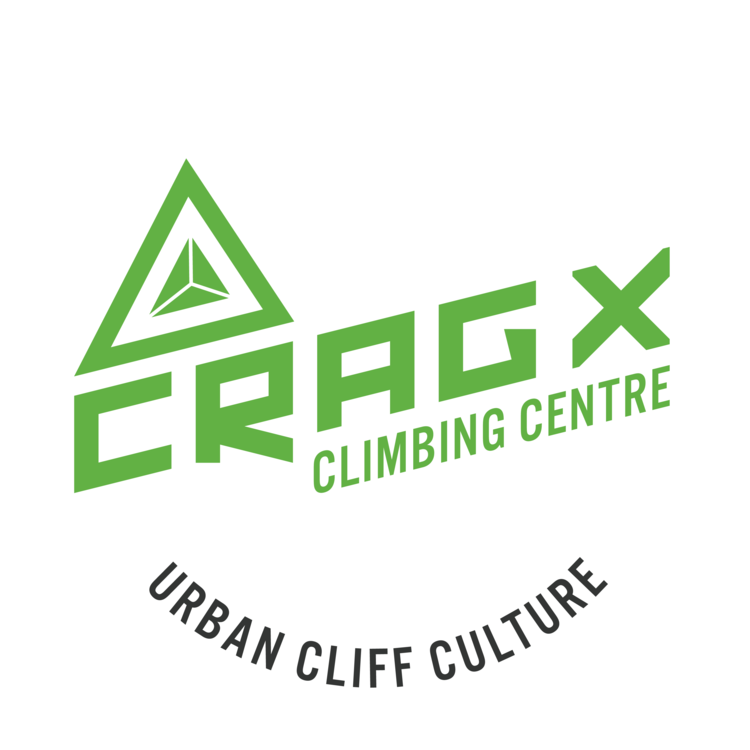What is redpointing?
Completing a route without falling, after trying previously unsuccessfully. Takes practice and “rehearsing”. It is how top climbers advance the sport and all the rest of us get our climbing to the next level.
How is redpointing different from onsighting and flashing?
Onsight a Route When you successfully climb a route first try, without seeing anyone do it.
Flash a Route When you successfully climb a route first try, after seeing someone else do it.
What kind of climbing can we climb higher grades of: redpointing or flashing?
Redpointing. Because we can practice moves for greater knowledge and to learn the route secrets. This allows us to :
Learn the best sequence (to avoid costly mistakes and find a plan for the crux)
“Wire” moves into muscle memory to become more relaxed and easier
Figure out best pace and find rest positions
All these bring us closer to our maximum potential and changes you from trying a route to working a route.
How to Redpoint a Route
1. Pick a route.
Select a route that is 2 grades higher than your current onsight level. (or 3 grades higher than what you currently can complete without falling). Basically, if you know you can walk up to a new 5.7 and do it without falling, with it still being a challenge, then pick a 5.9. If you can onsight a 5.10a, pick a 5.10c or 5.10d.
This may be a fairly challenging route for you, maybe the hardest you’ve done, but not ridiculously so!!!! If possible, select a route with an easier route on the same rope.
2. LOOK at the route.
Try to read the sequence of moves (advanced- feet as well as hands). Look for spots that may be good rest spots, stemming moves, or look like they will be very good holds. Divide the route into 3-4 sections based on these rest spots.
3. Sample the sections.
Climb the first section (for more advanced, if possible, climb an easier route to the top, and do the last section first). Try doing the moves in different ways, seeing which way feels the best for YOU. Monitor how challenging the moves feel, and spend extra time evaluating the harder moves. Try different techniques! Ask your partner or others for advice on how it looks! Use the stall method to evaluate each move (hover hand over hold for 3 seconds to see if your body is balanced). Try to eliminate mistakes - each movement should be CONTROLLED… if not, rest more or pick an easier route.
The best way to get a sense for the best sequence is to do it while FRESH… take your time, and don’t worry about taking too long. If you got through the section without challenging yourself at all, you may need to pick a harder route. If you were hardly able to get through the section, you may need an easier route.
If you’re not too spent, REST adequately (for a few minutes!), then do the next section.
Switch with your partner.
Then do the remaining 1 or 2 sections.
3. Review it.
Look at it again, recall the hand sequence, and then try turning your back and telling your partner the sequence! Use terms to describe the holds and moves, like “right hand to blue sidepull”, “crossover to little purple crimp”, left hand to black undercling” “match on the huge green jug”. Remember to name the ends/beginnings of sections and rests. Visualize the route.
Answer these questions:
Where is the crux? What do I need to do there?
Where are the rest spots?
What is the best PACE for each section?
What is my body position for clipping, if you are leading?
If you are unsure about any sections, sample it again.
4. Link it.
Once you have learned the intimate details of all the moves, you can begin linking your sections together. If there is an easier route on the climb, go from the TOP DOWN. So link the last 2 sections together, then the last few. This way, you can learn the top moves the best, which will be hardest since you will be the most fatigued when you reach them starting from the bottom.
If you easily reach the top, try the whole process again with a harder route. Please feel free to ask others for “beta” (tips and hints), but don’t offer Beta to others unless asked. Most climbers love the process of discovering a route for themselves. This process may take days or weeks, but the reward of redpointing a new grade is awesome!

